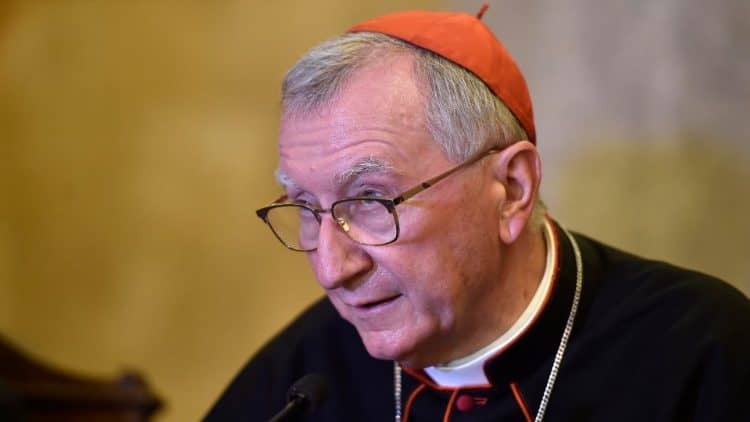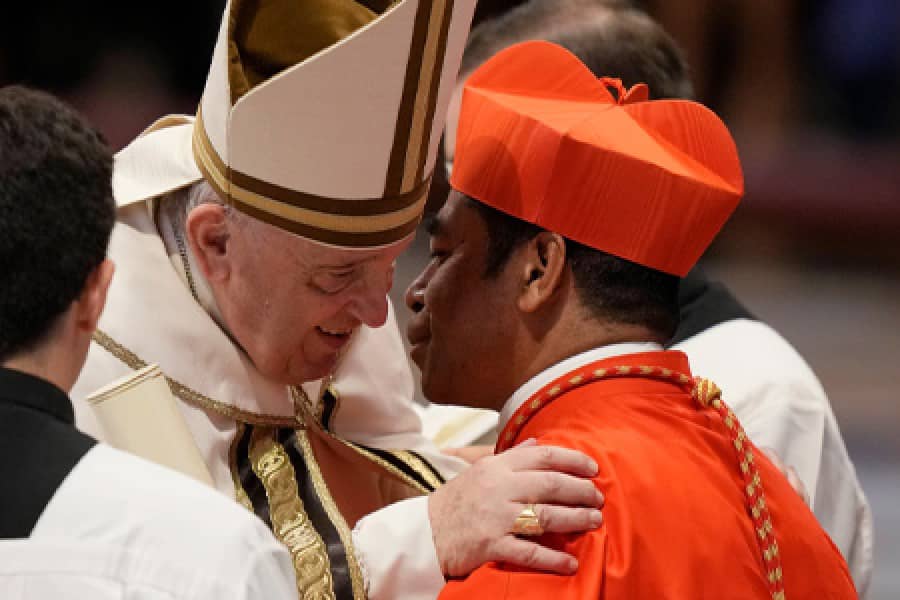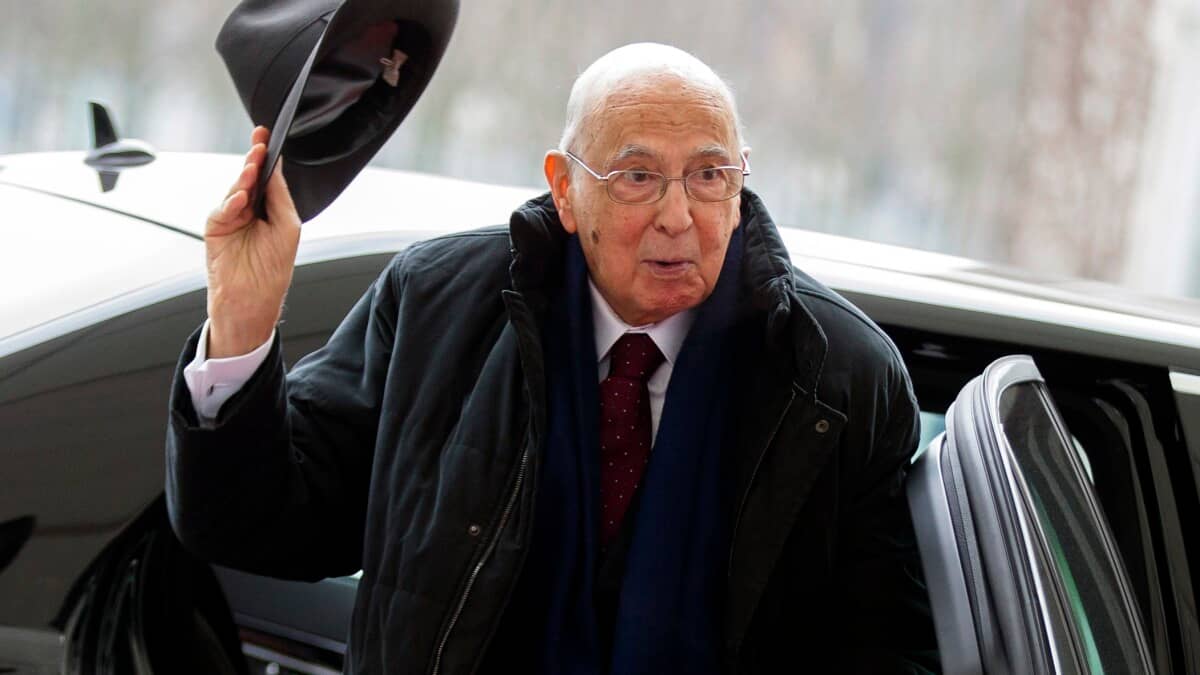Archbishop Henry D’Souza of Calcutta, who described himself as Mother Teresa’s “special son” and who once arranged an exorcism for the famed nun after a surgical procedure left her anxious and restless, died June 27 from aged-related illness at the age of 90.
It was Henry who obtained special Vatican permission to begin the sainthood process for Mother Teresa before the normal five-year waiting period after her death in 1997, and the initial stages of the work took place in his own residence.
D’Souza often hailed Mother Teresa as “the face of Christ in the world” for spending her life time helping people understand the nature of the divine.
Henry once recounted that as Mother Teresa aged and became restricted to a wheelchair, he would visit her often in Calcutta. Every time he did so, he recalled, she would grasp his hands and say, “remember that you are my son.”
Henry died at a facility called the “Gianni Home,” on the premises of St. Thomas Parish in Calcutta, near the Jesuit Provincial house where he had been spending his retirement.
Mother Teresa is set to be declared a saint by Pope Francis in a Sept. 4 canonization ceremony, expected to be perhaps the largest public event in Rome of the year, and Jesuit Father R. Jothi, director of the Udayani human rights center in Calcutta, said it’s “sad” that Henry will miss it.
Henry led the Calcutta archdiocese from 1986 till his retirement in 2002. Prior to that, Henry was the first Archbishop of Cuttack-Bhubaneswar in India’s Eastern state of Orissa, today Odisha.
Henry was also a renowned educator who will be remembered for his service to the Church, both at the national level and across Asia, where he served as the president of the Conference of Catholic Bishops of India and secretary general of the Federation of Asian Bishops’ Conferences.
Henry claimed “in all humility” to have a special bond with Mother Teresa.
According to Henry, she told him after his announcement as the Archbishop of Cuttack-Bhubaneswar in February 1974, “You have lost your mother. You are now an Archbishop. I shall be your mother. I shall be there for your episcopal ordination.”
It was Henry who made the request for a rite of exorcism to be performed for Mother Teresa in 1997, after she underwent an angioplasty surgery.
Henry would later recall that the surgeon who performed the operation told him, “Something is wrong. Mother Teresa is quite cheerful all through the day. She has no clinical problems, yet at night she is so restless and tosses about all the time.”
Henry said he responded, “Very often holy persons suffer such problems because the devil worries them.”
He requested a Salesian priest to visit Mother Teresa and to say the prayers of exorcism over her. After the blessing, he said, Mother Teresa seemed “very pleased with the visit.”
The following morning, he said, the surgeon reported that Mother Teresa “slept like a child.”
“The devil is real and has his own tricks to disturb the holy ones particularly in moments of bodily weakness,” Henry would explain.
Later, Henry became a key figure in the sainthood process for Mother Teresa.
After her death and funeral, Henry said he received innumerable letters requesting him to start the process of canonization immediately rather than waiting for five years. Within a few months, he wrote to the Congregation for the Causes of Saints at the Vatican for permission.
Within a year, Henry received a letter from the top official of the congregation stating that it had obtained the required permission. The process actually began in a room in the archbishop’s house, and within a year three dozen boxes of evidence were shipped to Rome.
A priest named Father Brian Koloudowinsky, he said, was the person who took the documents and delivered them safely to the congregation.
Despite his role in the process, Henry often said the canonization of Mother Teresa was not a priority for him because he believed she was already a saint.
“She is with God,” he said. “She showers her blessings all the time, and [I] was personally privileged to be a recipient of her love and protection. I’m sure he will be happy with Mother in paradise, celebrating her canonization.”
“Archbishop D’Souza’s contributions to the church in India are precious and manifold,” said Monsignor Joseph Chinnayyan, deputy secretary of the Catholic Bishops’ Conference of India.
“In his capacity as the secretary general of the CBCI and president of the Conference of Catholic Bishops of India—Latin rite, he has rendered effective leadership, especially in crucial moments,” Chinnayyan said.

















